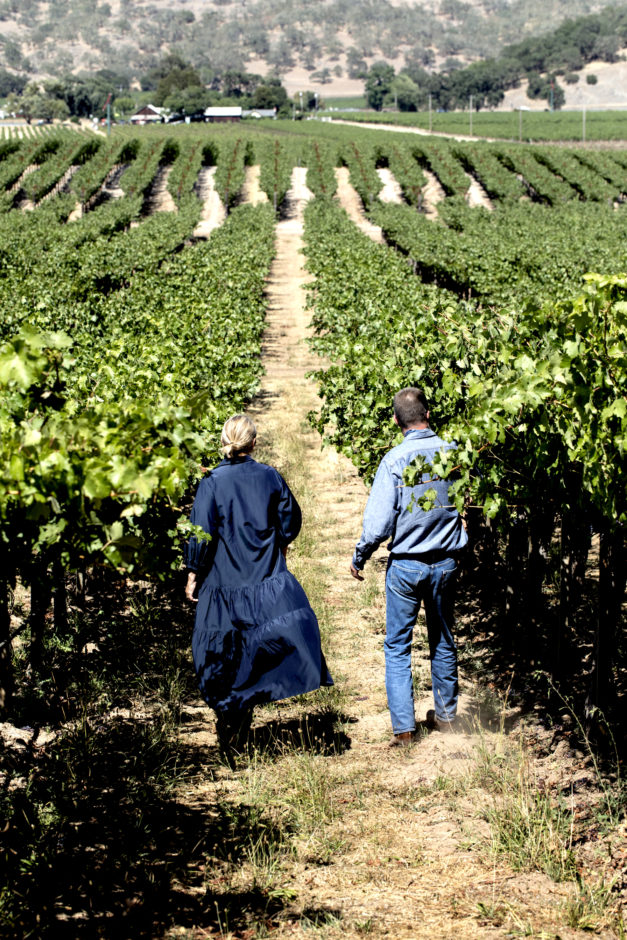03rd Aug 2022
In 1998, Bruce Phillips and his father stood at the apex of Block 6, looking down over the sea of plump, ready-to-harvest Cabernet grapes on Vine Hill Ranch’s largest and oldest block. For over forty years, the family had grown fruit on behalf of others but never made wine. By the 1990s, the vineyard gained an enviable reputation as a supplier to some of the greatest, most expensive labels in Napa Valley. Then, Bruce’s father handed his son the seed of a thought. “Imagine what we could do with this fruit,” his father said. “Imagine if.”
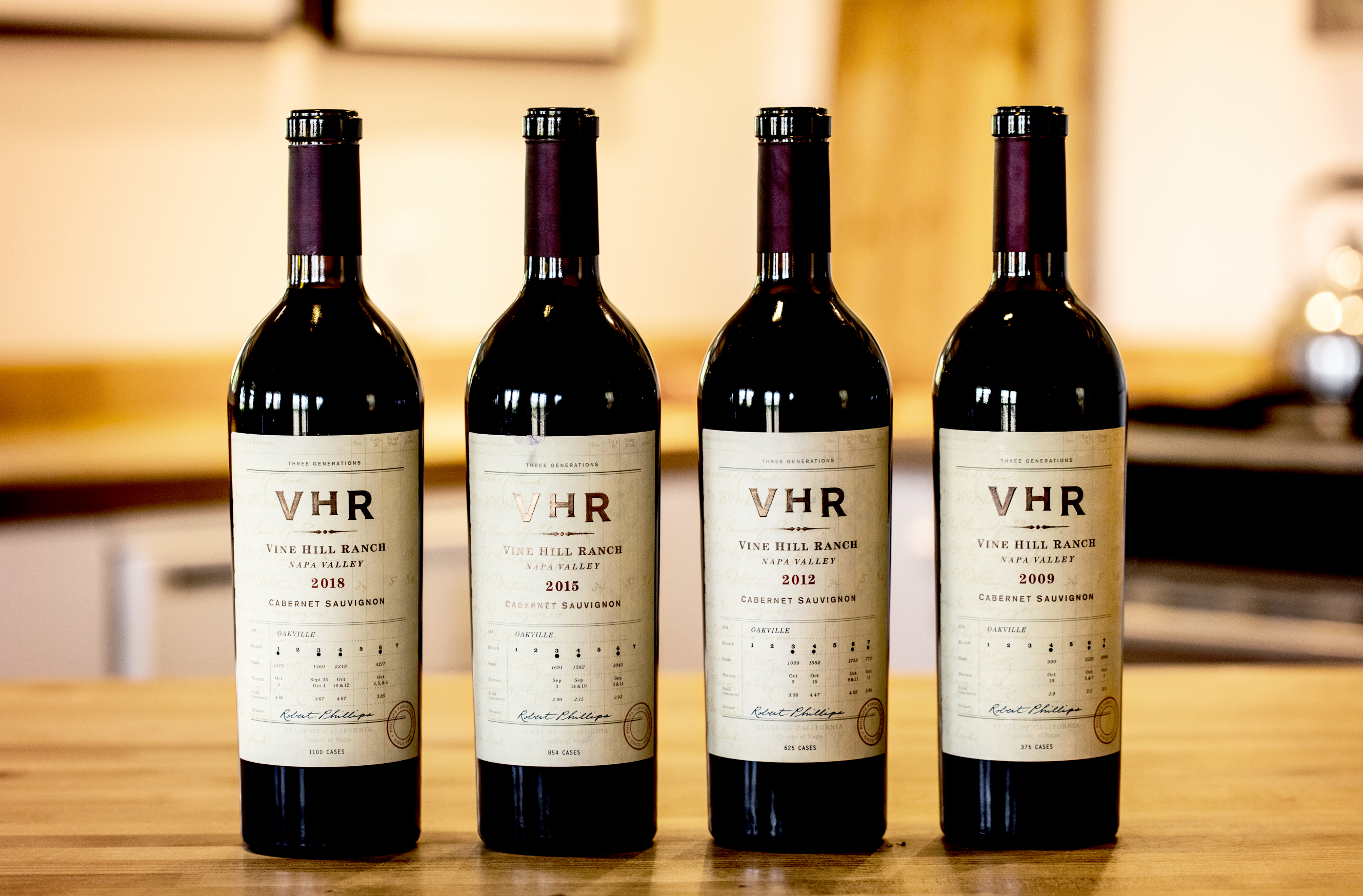
Imagine If
In the 1950s, Bruce’s grandfather, Bruce Kelham, purchased an old vineyard in Napa Valley. The property’s vineyard assessment records tallying the number of vines, harvest dates, yields, etc., dated back to 1884, although vines were likely planted here decades before. On the gentle slopes of the Mayacamas benchlands in Oakville AVA, near the border of Yountville, Bruce Kelham called the vineyard Vine Hill Ranch. In 1978, Bruce’s parents—Alex and Bob Phillips—moved their family to Napa Valley to live on the ranch and work the vineyard. Over the next couple of decades, they redeveloped the property to become one of the greatest vineyards in Napa Valley today, supplying grapes for sought-after labels, including Bond’s Vecina, Lail, TOR, and Dalla Valle’s new DVO project with Ornellaia in Italy.
Today, Bruce Phillips and his wife Heather oversee their family’s grape-growing legacy.
“We had been growers a long time,” Bruce told me during a recent visit. “Still, each year, when it comes time to deliver the fruit at night to your buyer, there is always the question in your head. What could you do with that fruit? It was my dad’s question. But the 1980s were different times. Then the vineyard came into prominence in the 1990s. So, it was time to do something all our own. We found a great winemaker to bring that forward, Francoise Peschon (the former winemaker at Araujo Estate and now at Accendo Cellars). And Mike Wolf does our viticulture. He’s the best.”
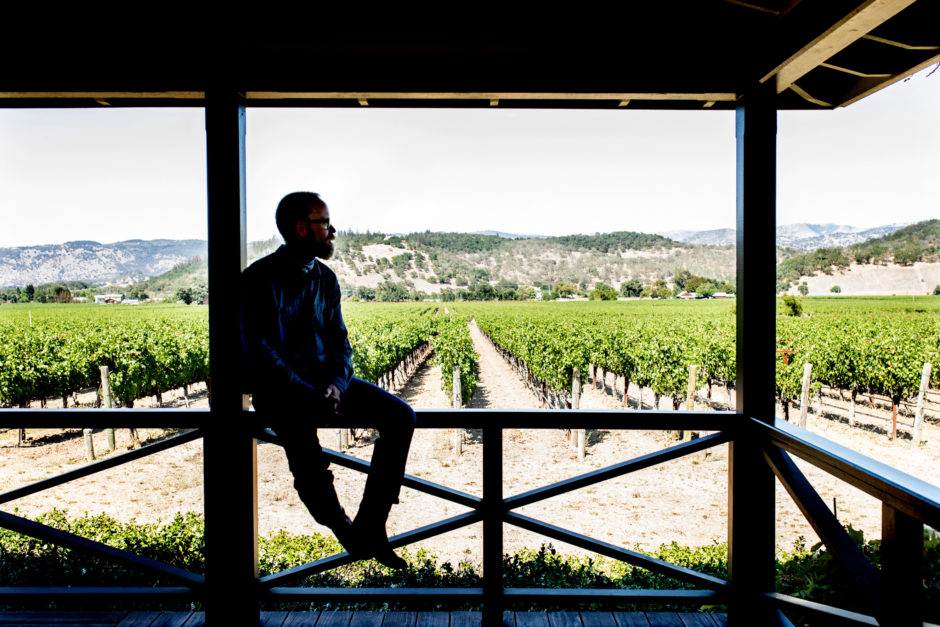
- Heather Phillips"The unexpected outcome of the VHR project was we became better farmers."

Inspired by Bob Phillips’ seed of a thought, in 2008, the Phillips family launched their own label, “VHR.” Produced from 100% Cabernet Sauvignon, VHR is the only wine that has the ability to source fruit from all seven blocks of the 70-acre estate.
“There are no financial constraints on this project,” said Bruce. “We wanted something to hold up and be proud of.”
“The unexpected outcome of the VHR project was we became better farmers,” Heather Phillips added. “We now work better with our vintner partners. This has lifted our farming practices.”
“This year, we have 13 winery partners sourcing from Vine Hill Ranch,” Bruce said. “Last year, we came together and tasted all these Vine Hill Ranch wines. In doing so, what became clear is that we can see a signature of VHR. All the wines are different interpretations, but still those same silky tannins throughout. VHR is definitely distinct.”
Before tasting, Bruce and Heather walked me up to Block 6 to look at their oldest vines, planted in 1992.
“Like many in the valley, we suffered from phylloxera in the 1980s,” Bruce told me. “Our vines were mostly on AxR1 rootstock. So, we had to replant everything. It was a lot of money to replant a vineyard of over a hundred acres, which we had back then. And my father hated debt. So, rather than take out a bank loan, he sold part of the vineyard to Andy Beckstoffer. I really didn’t want him to sell, but I saw his point. As you know,” Bruce said, motioning toward the sections of vines below Vine Hill Ranch, “That’s now called Missouri Hopper. But it used to be part of Vine Hill Ranch.”
- Bruce Phillips"There are no financial constraints on this project. We wanted something to hold up and be proud of."
Tasting the 2018 VHR was something an epiphany moment for me. Having recently tasted the 2018 Bond Vecina, an incredible expression of this place, the similarities stood out to me. Not that you would think the wines were identical, but there can be no doubt that they share the same DNA. The 2018 VHR has a riper, more black-fruited expression (I would hazard that some of the fruit was harvested later than that for Vecina). Still, they both have a very fine-grained, densely pixilated tannin texture with similar tension, energy, and perfume intensity. Not doublegangers, but they are certainly siblings.
Finally, I asked Bruce and Heather if they would consider building their own winery one day. They both smiled and gave each other a knowing look.
“No,” Bruce said, shaking his head. “Building a winery would be an enormous next-step project. Creating VHR was our contribution to this story. We need to leave something for the next generation to create if they choose. That’s for them.”
Still, I couldn’t help but imagine if.
–
Article & Reviews by Lisa Perrotti-Brown MW
Photos by Svante Örnberg
See more work from Svante at svanteornberg.se by clicking here!

PRODUCERS IN THIS ARTICLE
> Show all wines sorted by scoreMore articles

Pilcrow’s New Releases
18th Apr 2024
7 tasting notes
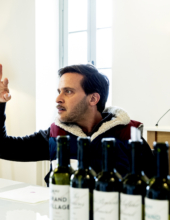
Bordeaux 2023 Primeurs Photo Essay
18th Apr 2024
0 tasting notes
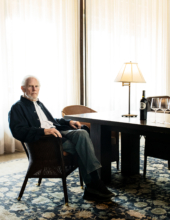
Harlan Estate, BOND, Promontory 2021 and 2011
11th Apr 2024
14 tasting notes
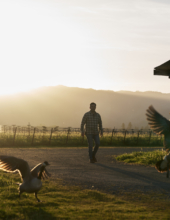
Favia 2012-2021
04th Apr 2024
17 tasting notes
Show all articles
